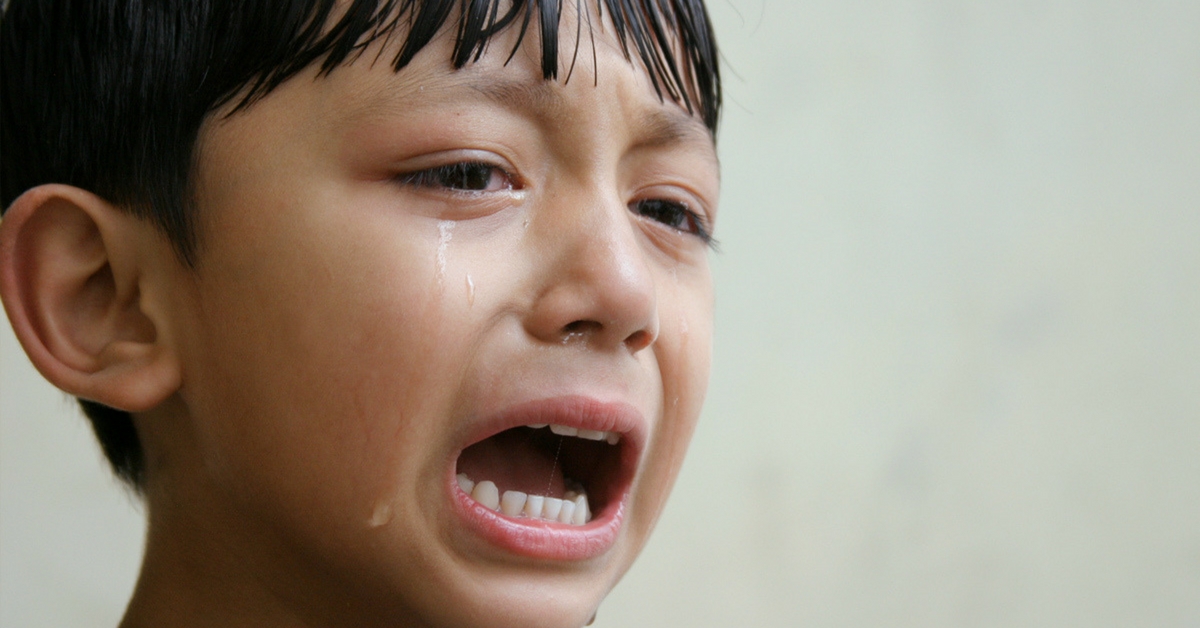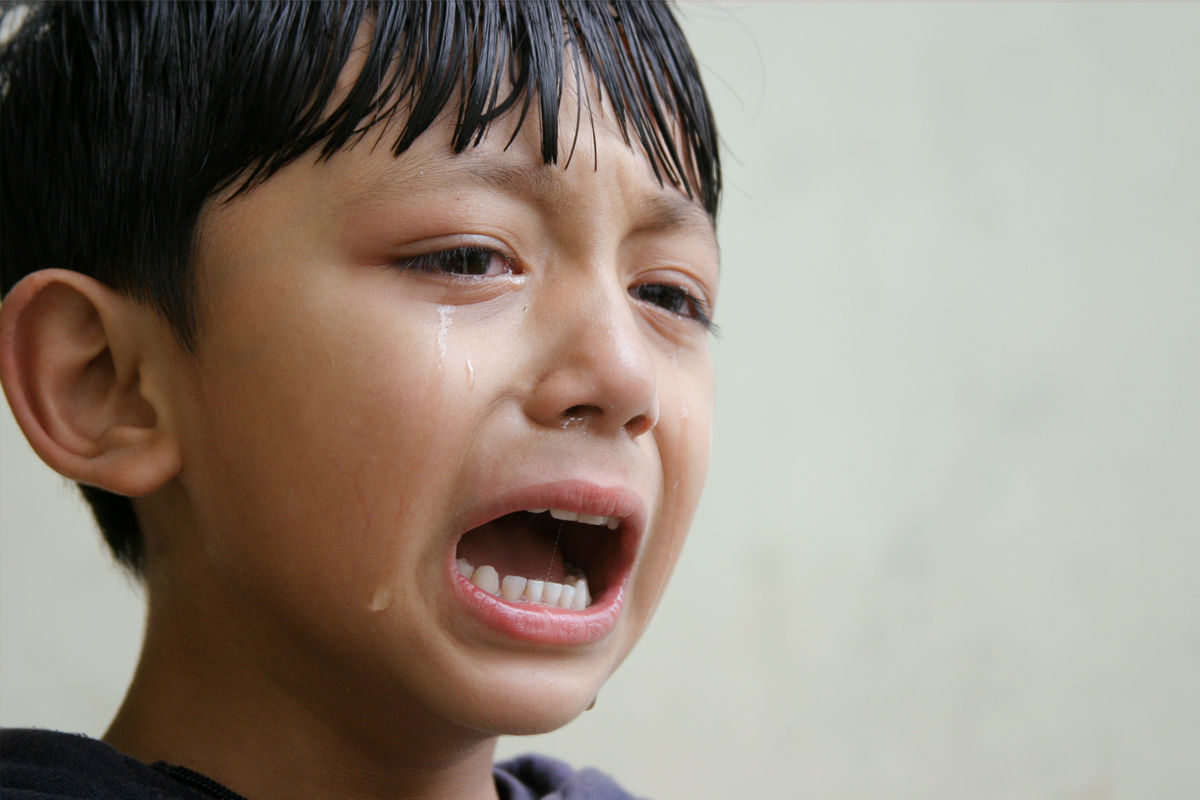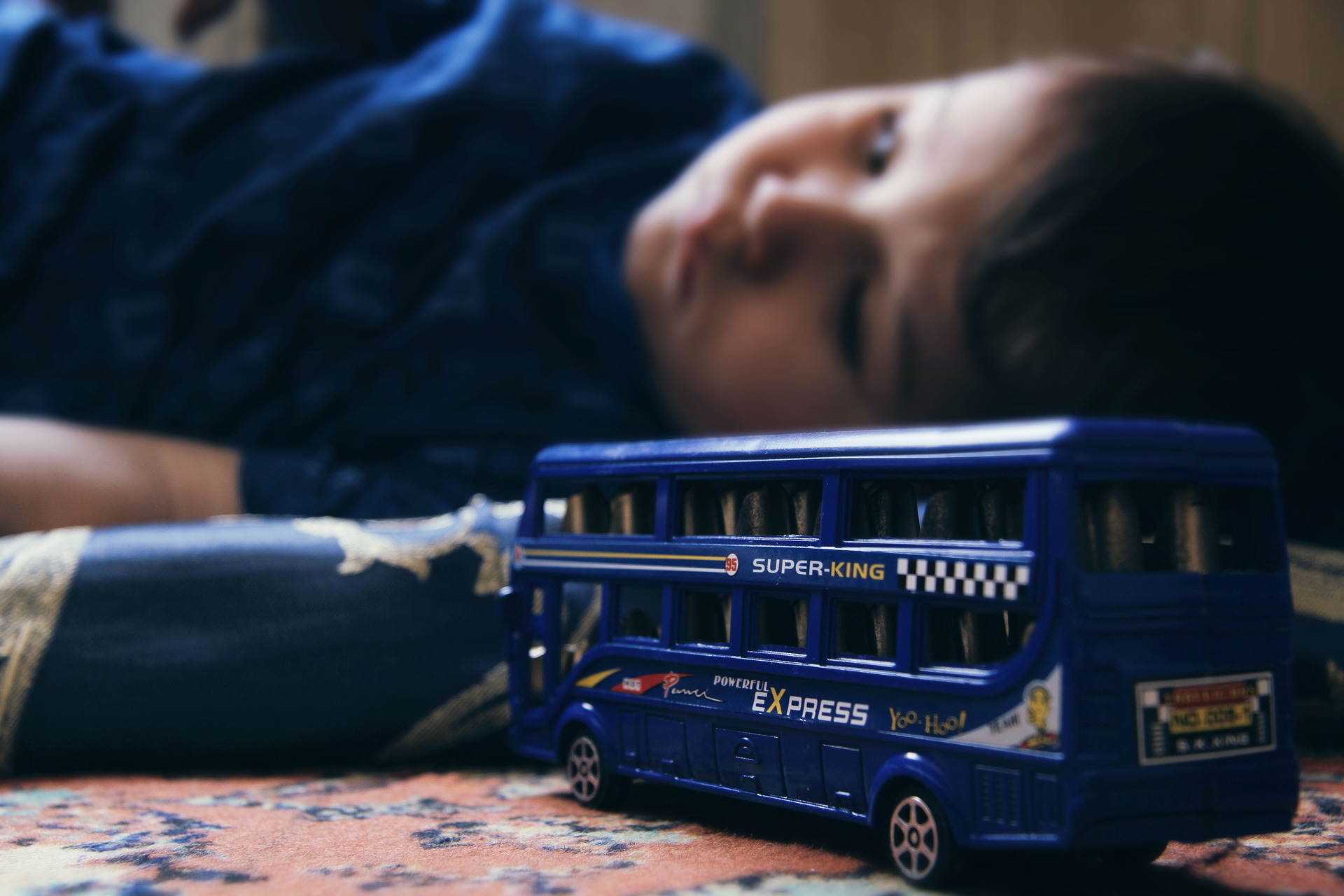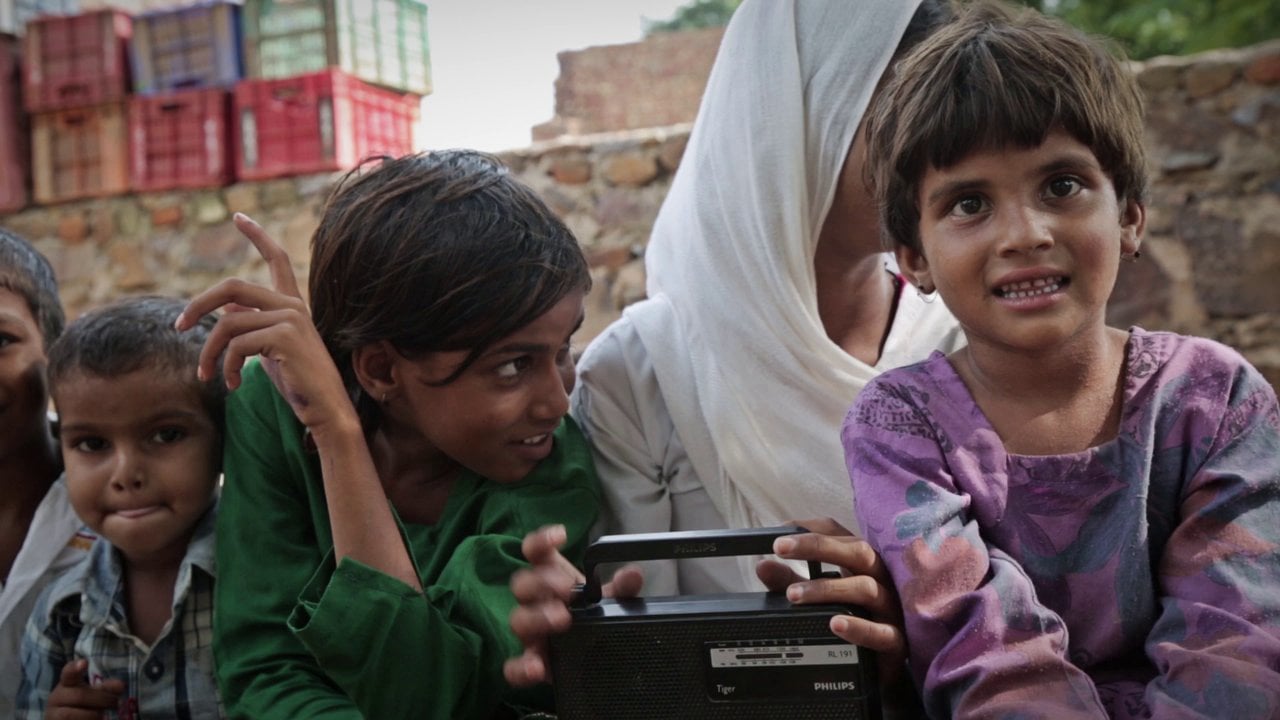TBI Blogs: Did You Know Stress Affects Even Kids? Here’s How You Can Help Them Manage It
Handling stress can be a problem for people of all ages, including children. In fact, stress management is particularly difficult but important for children, to avoid the development of disorders in the future. Richa Shukla explores strategies to manage childhood stress.

Handling stress can be a problem for people of all ages, including children. In fact, stress management is particularly difficult but important for children, to avoid the development of disorders in the future. Richa Shukla explores strategies to manage childhood stress.
Pranav, a 5-year-old vivacious and bubbly child, would often invite everyone around to play with him. But soon a strange change came over him. He became oddly quiet and unobtrusive. There was something amiss. Pranav’s parents didn’t pay much attention to this alteration, but the regular visitors, neighbours, friends, and relatives who were accustomed to Pranav’s unending play did. A cheerful Pranav was now growing up to be an introvert and recluse.
Pranav’s teacher paid attention to his changed behaviour and started talking to him. It was only later that Pranav’s mother took him for therapy after constant persistence by a teacher at Pranav’s school. Post a series of therapy sessions, Pranav was diagnosed with mental stress. After weeks of intense therapy, it was discovered that the family had been going through an acute financial crisis, and there were cuts and discords at home, which led to changes in his behavior. The symptoms were clearly of stress.
A child’s growth is either positively or negatively facilitated by the experiences that he/she witnesses, as the development of the brain is critical and most sensitive during early life stages[1]. Encounters with abuse, neglect, and household dysfunction affect their brains in the parts that regulate and integrate hormonal, autonomic, and immune responses[i]. As the child grows, the negative experience may begin to manifest in various ways. The child may be faced with behavioural, physical, and mental health challenges that include depression, anxiety disorders, and substance abuse, leading to “typical” medical co-morbidities such as obesity, stroke, and cardiovascular disease.
As children grow, they become more aware of stressful circumstances and respond to them unconsciously. The stress establishes itself into a more chronic anxiety as the child reaches elementary school.
Sesame Workshop India reaches out to both parents and children to help them understand and cope with stress through the following strategies:

Acknowledging Stress
In order to effectively aid children dealing with stress, it is necessary to have a holistic understanding that even the youngest children feel stress and are emotionally affected by it.
It is a prevalent myth that childhood is a time when children are carefree, with no worries or responsibilities. However, the lesser known fact is that many children experience extreme stress and have similar symptoms as those of adults. Unlike adults, though, children do not have the means or the skills to manage their stress in appropriate ways. Thus, children depend on us to help them. As parents and caregivers, we need to recognize when children are feeling stressed, and help them by providing strategies to cope with stress.

Building Resilience
Building resilience amongst children is imperative to instill within them the mental strength required to handle difficult situations. They need to be capable enough to accept negative sentiments and shape a constructive outlet through which they can express their emotions. A common factor amongst children who successfully develop resilience is being in at least one stable relationship with an adult, preferably a parent. The personalized responsiveness, scaffolding, and protection provided by this relationship buffers the child from developmental disruption.[2]
Placing a comfort item may also help, as it enables the child to feel better about their surroundings. The child should actively indulge in exercises which calm the mind and adjust the mood. Breathing exercises, such as slowly opening one hand finger-by-finger while inhaling, and slowly closing it finger-by-finger while exhaling, help to establish a stronger sense of presence. Yoga can be useful to develop self-regulation skills, deal with stress, and calm minds and bodies.
Similar principles are applied to safe places that comfort a child in need. A “cozy” or “calm” corner that offers privacy and comfort can help children cope. This space can even be imaginary, a place in a child’s mind that s/he wants to go to.

Recognizing Feelings
Children often are unable to comprehend what is it that they are feeling. It makes them incapable of externally displaying or articulating these varied sentiments. Parents can take assistance from some educative videos and TV shows like Galli Galli Sim Sim for this. The “I Love Elmo” segment of the show delivers strategies to help children comprehend different feelings like anger, jealousy, fear, separation anxiety, etc.

These are a few approaches to relieve your child from stress. Love, affection, and trust build the confidence of a child and instill a sense of security within them. Adults must ensure that stress doesn’t come in the way of a healthy and happy childhood.
[1] Early Life Stress and Adult CFS. (2011, October 31). Retrieved June 30, 2016, from http://www.cdc.gov/cfs/news/features/childhood_adversity.html
[2] http://developingchild.harvard.edu/science/key-concepts/resilience/
[i] Infographic: The Truth About ACEs. (2013, May 12). Retrieved June 30, 2016, from http://www.rwjf.org/en/library/infographics/the-truth-about-aces.html
(The author is a Content Expert with Sesame Workshop India.)
Help children in need be ready for school, and for life, by donating to Sesame Workshop India here.
Like this story? Or have something to share? Write to us: [email protected], or connect with us on Facebook and Twitter.
NEW: Click here to get positive news on WhatsApp!
If you found our stories insightful, informative, or even just enjoyable, we invite you to consider making a voluntary payment to support the work we do at The Better India. Your contribution helps us continue producing quality content that educates, inspires, and drives positive change.
Choose one of the payment options below for your contribution-
By paying for the stories you value, you directly contribute to sustaining our efforts focused on making a difference in the world. Together, let’s ensure that impactful stories continue to be told and shared, enriching lives and communities alike.
Thank you for your support. Here are some frequently asked questions you might find helpful to know why you are contributing?


This story made me
-
97
-
121
-
89
-
167













